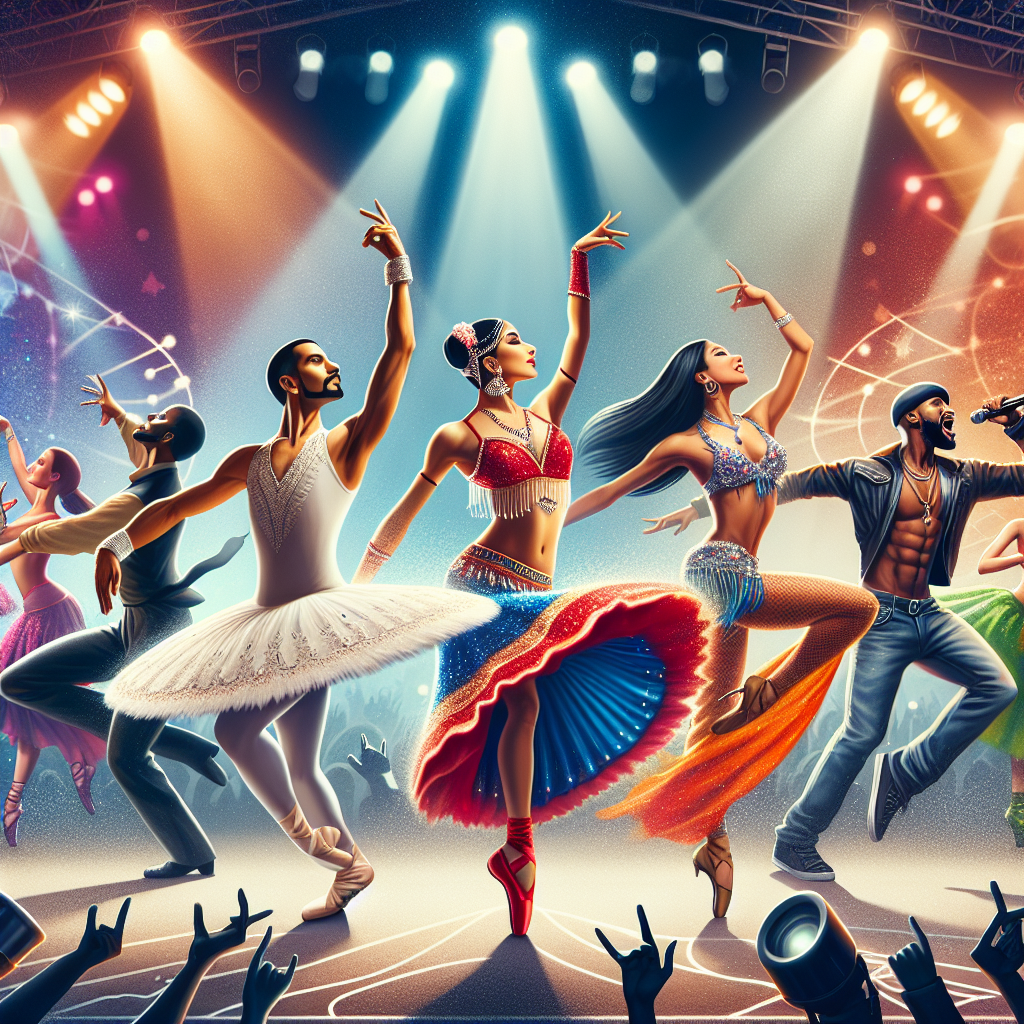Table of Contents
Introduction

Indonesia is a country rich in cultural diversity, and one of the most prominent aspects of its culture is dance. Dance has been an integral part of Indonesian society for centuries, serving as a form of expression, storytelling, and entertainment. Each region in Indonesia has its own unique dance traditions, with different styles, movements, and costumes. In this article, we will explore the world of Indonesian dance and profile dancers from various genres, highlighting their contributions to the rich tapestry of Indonesian culture.
Balinese Dance: Grace and Elegance
One of the most well-known genres of Indonesian dance is Balinese dance. Originating from the island of Bali, Balinese dance is characterized by its intricate movements, expressive gestures, and vibrant costumes. The dancers, often adorned with elaborate headdresses and traditional attire, perform with grace and elegance, captivating audiences with their fluid movements.
One notable Balinese dancer is Ni Ketut Arini. Born and raised in Bali, Arini started learning Balinese dance at a young age. She has dedicated her life to mastering this art form and has become a renowned dancer both in Indonesia and internationally. Arini’s performances are known for their precision and emotional depth, as she effortlessly portrays various characters and stories through her movements.
Javanese Dance: Tradition and Ritual
Javanese dance, originating from the island of Java, is deeply rooted in tradition and often associated with religious rituals and ceremonies. The movements in Javanese dance are more controlled and restrained compared to Balinese dance, reflecting the Javanese culture’s emphasis on inner harmony and spirituality.
One prominent Javanese dancer is Siti Mardiana. She comes from a long line of Javanese dancers and has inherited the rich traditions of her ancestors. Mardiana’s performances are characterized by their gracefulness and precision, as she seamlessly transitions between different movements and gestures. She has dedicated her life to preserving and promoting Javanese dance, teaching younger generations and performing at various cultural events.
Sundanese Dance: Dynamic and Expressive
Sundanese dance, originating from the western part of Java, is known for its dynamic and expressive movements. The dancers often perform with high energy, incorporating fast footwork and intricate hand gestures. Sundanese dance is often accompanied by traditional Sundanese music, creating a lively and vibrant atmosphere.
One notable Sundanese dancer is Rina Candra. With her captivating stage presence and powerful movements, Candra has become a prominent figure in the world of Sundanese dance. She has won numerous awards for her performances and has been invited to showcase Sundanese dance in various international festivals. Candra’s dedication to her craft and her ability to convey emotions through her movements have made her a respected figure in the dance community.
Betawi Dance: Urban Culture and Entertainment
Betawi dance, originating from Jakarta, the capital city of Indonesia, reflects the urban culture and entertainment scene of the region. Betawi dance is often performed during festive occasions and celebrations, showcasing the vibrant and lively spirit of the Betawi people.
One prominent Betawi dancer is Ahmad Ridwan. Ridwan is known for his energetic and charismatic performances, captivating audiences with his lively movements and comedic expressions. He has played a significant role in popularizing Betawi dance, both within Indonesia and internationally. Ridwan’s performances are a testament to the dynamic and diverse nature of Indonesian dance.
Conclusion
Indonesian dance is a reflection of the country’s rich cultural heritage and diversity. From the graceful movements of Balinese dance to the dynamic expressions of Betawi dance, each genre has its own unique characteristics and significance. Through the profiles of dancers like Ni Ketut Arini, Siti Mardiana, Rina Candra, and Ahmad Ridwan, we have gained a deeper understanding of the artistry and dedication that goes into Indonesian dance.
These dancers have not only mastered their respective genres but have also contributed to the preservation and promotion of Indonesian culture. Their performances have captivated audiences around the world, showcasing the beauty and complexity of Indonesian dance. As we continue to appreciate and support these talented dancers, we ensure that the rhythm of life in Indonesia remains vibrant and alive through the art of dance.




